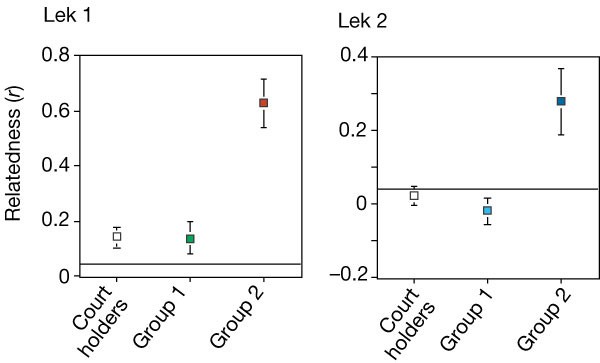
- Select a language for the TTS:
- UK English Female
- UK English Male
- US English Female
- US English Male
- Australian Female
- Australian Male
- Language selected: (auto detect) - EN
Play all audios:
Access through your institution Buy or subscribe The Earth's climate has gradually cooled over the past five million years. This cooling initially resulted in a glaciated Northern
Hemisphere with moderate glacial–interglacial cycles, and ultimately in the extreme, 100,000-year-long climatic oscillations that have characterized the past million years. A number of
tectonic and oceanographic factors and feedbacks seem to have colluded to drive the Earth into its most recent Ice Age 2.7 million years ago. The closure of the seaway that linked the
tropical Atlantic and Pacific oceans, is generally thought to have had the greatest impact. The Central American Seaway finally closed some time between 2.5 and 3 million years ago.
Simulations of the ocean circulation suggest that closure is expected to strengthen the Atlantic meridional overturning circulation. This would bring warmer and saltier water surface water
to the North Atlantic, where it would sink to fill the deep Atlantic. Proxy reconstructions remain equivocal about the purported strengthening, but biogeochemical models indicate that an
increase in the volume of North Atlantic Deep Water would also have promoted the transfer of carbon from the atmosphere to the ocean through a strengthened biological pump and thus
contributed to the decline in atmospheric CO2 concentrations. In addition, the delivery of warmer water to the North Atlantic should have increased the precipitation available to feed
growing ice sheets and glaciers. But it has never been clear whether these and other changes that occurred at this time, such as increased stratification in the Southern Ocean, were enough
to push the system into an Ice Age. This is a preview of subscription content, access via your institution ACCESS OPTIONS Access through your institution Subscribe to this journal Receive 12
print issues and online access $259.00 per year only $21.58 per issue Learn more Buy this article * Purchase on SpringerLink * Instant access to full article PDF Buy now Prices may be
subject to local taxes which are calculated during checkout ADDITIONAL ACCESS OPTIONS: * Log in * Learn about institutional subscriptions * Read our FAQs * Contact customer support Authors *
Alicia Newton View author publications You can also search for this author inPubMed Google Scholar RIGHTS AND PERMISSIONS Reprints and permissions ABOUT THIS ARTICLE CITE THIS ARTICLE
Newton, A. Maritime cooling. _Nature Geosci_ 8, 259 (2015). https://doi.org/10.1038/ngeo2411 Download citation * Published: 31 March 2015 * Issue Date: April 2015 * DOI:
https://doi.org/10.1038/ngeo2411 SHARE THIS ARTICLE Anyone you share the following link with will be able to read this content: Get shareable link Sorry, a shareable link is not currently
available for this article. Copy to clipboard Provided by the Springer Nature SharedIt content-sharing initiative








